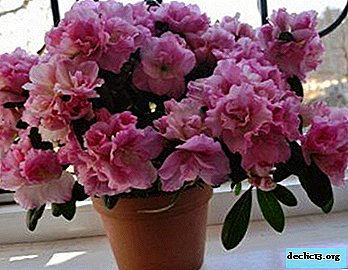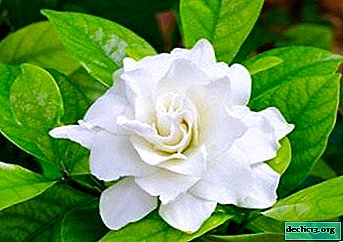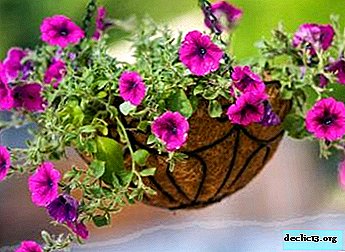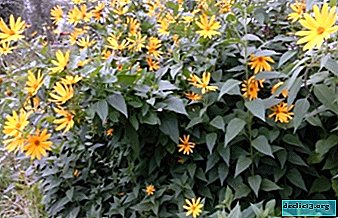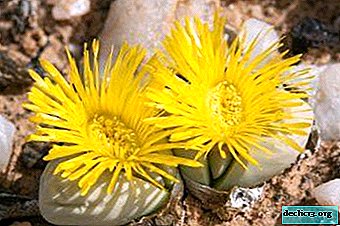What is a pseudobulb in an orchid: features and photos of aerial tubers
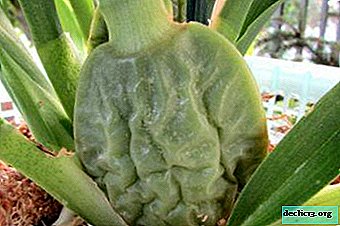
Orchids are ancient and unusual plants, in many respects not similar to those flowers to which we are accustomed. The exotic nature of their appearance and structure is explained, first of all, by the fact that in nature they live in very specific conditions - tropical forests, hot, humid and dark, and, unlike ordinary flowers, grow not in soil, but on trees and stones .
The organs that they acquired during the evolution process help them withstand heat and humidity, as well as receive food and water literally "from the air." Bulba is a vivid example of such an organ.
What it is?
The name "bulb" comes from the Latin word bulbus, which means "onion". This organ is a thickening at the base of the orchid shoot, which stores water and nutrients. In many types of orchids, the bulb really looks like a bulb, but this is far from the only form option, bulbs can also be:
- round;
- egg-shaped;
- flat;
- cylindrical;
- spindle-shaped;
- conical.
Bulbs are available only in orchids of the simpoidal type. These orchids with numerous side vertical stems “can afford” to grow special storage organs from several shoots. In monopoidal orchids, there is only one stem, the side ones rarely grow, therefore, in fact, they have nothing to form bulbs from. They accumulate moisture in thick fleshy leaves.
Photo
Below you can see the bulbs and pseudobulbs in the photo.
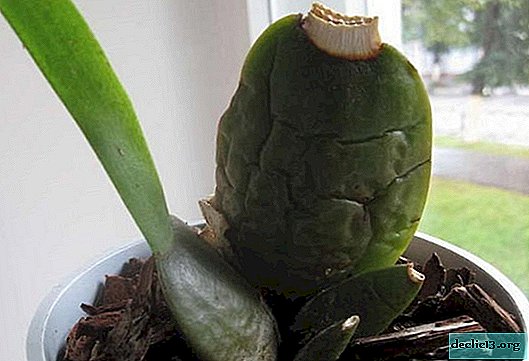
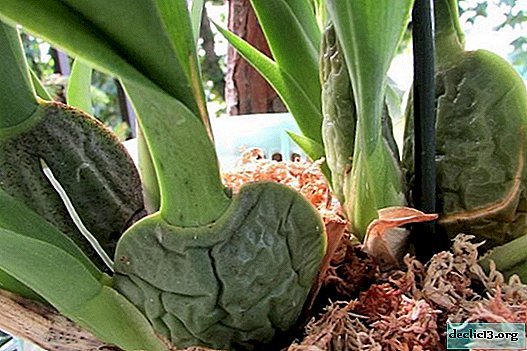
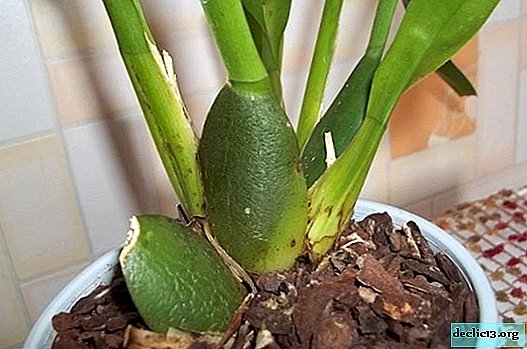
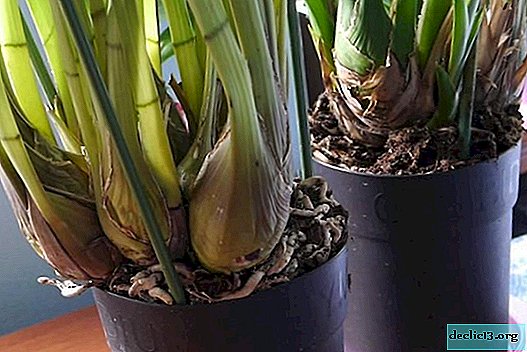
What are the differences between true and false?
Strictly speaking, there are no differences between a bulb and a pseudo-bulb at all: this is one and the same body, and the difference in names is a terminological convention. Traditionally, in botany, the word "bulb" is used to refer to formations that have the shape of a bulb, and the word "pseudobulb" to refer to formations of any other forms. However, if you confuse the names, this will not be a serious mistake.
There are other, more universal terms:
- tuberidium;
- air tuber;
- pseudobulb.
The difference from true bulbs and tubers is that tubers and bulbs are located underground, and bulbs - above its surface. Strictly speaking, orchids, in principle, rarely take root in the soil, preferring to grow on stones and trees, which are used as "stands".
IMPORTANT: Many types of orchids grow on trees, but they are not parasites, they get all the necessary nutrients during photosynthesis, as well as from litter (leaves, fallen bark).But these plants absorb moisture from the air: in the tropics dense fogs and rains are not uncommon. The presence of bulbs is direct evidence of the non-parasitic lifestyle of orchids; true parasites that feed on the host plant (for example, rafflesia) do not need to make supplies.
Development and construction
Air tuber formed from a vegetative bud. First, a young vertical shoot emerges from it, then the apical bud grows on it, which, having completed growth, begins to thicken, turning into a full-fledged tuber. This process takes about six months - one flowering season.
In fact, an air tuber is a very strongly modified stalk, and over time, even vegetative (with shoots and leaves) and generative (with flowers) buds can begin to form on its surface. Often at the base, these organs have a pair of so-called covering leaves protecting them from drying out and extraneous influences.
Bulba is a "bag" of dense plant tissue - the epidermis, filled with soft mucus-like tissue that absorbs and retains moisture. In nature, orchids use the stocks accumulated in bulbsin dry periods. These organs are relatively long-lived: their life spans vary from one to four years, and in some orchids (for example, plants of the genus Cymbidium), bulbs live up to 12 years.
Names of plant species forming pseudobulbs on the stem
As mentioned above, air tubers form only sympodial orchids. Therefore, if your plant is of this type, it will certainly have bulbs.
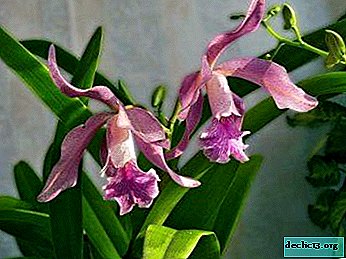 Lelia
Lelia- lycastic;
- maxillaria;
- dracula;
- bifrenaria;
- pescatorea;
- promenade;
- Cattleya;
- hell;
- brassia;
- dendrobium;
- bulbofillum;
- oncidium, as well as many others.
Care
Bulbs of orchids do not require special care. The only thing to remember is that the tubers, like the roots, are very fragile, so you should not touch or move them unless absolutely necessary. It is also undesirable to leave bulbs in bright sunlight. Rare orchids can tolerate direct sunlight, most begin to dry out, and in some the sun can leave a real burn.
Conclusion
Orchid is an unusual exotic flower that requires special conditions. In order to properly care for her, you need to have a good understanding of its structure and life cycle. It may seem complicated, but with the right care your efforts will pay off with magnificent flowers!

 Lelia
Lelia